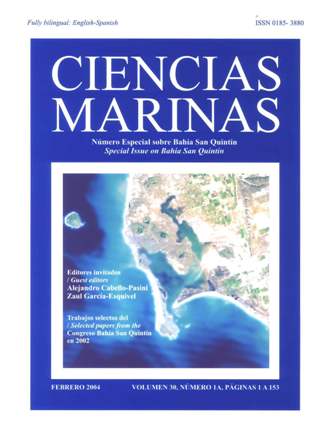Minimum welfare levels of farm workers in the San Quintín and Mexicali valleys, Baja California
Main Article Content
Abstract
Farm workers represent one of the poorest sectors of the population in Mexico, including Baja California. This study compares the welfare levels of a mostly immigrant population of indigenous workers from San Quintín Valley with those of mestizo farm workers from Mexicali Valley. Surveys were conducted between 1997 and 2000 by the Instituto de Investigaciones Sociales of the Universidad Autónoma de Baja California and the Instituto Nacional Indigenista, based on the parameters proposed by the Unsatisfied Basic Needs method to measure poverty level. In general, the comparison did not reveal significant differences in welfare levels between both agricultural valleys, even though the populations compared were not homogeneous (one indigenous and the other mestizo). Both groups of families were found to live in poverty, and approximately one in four in extreme poverty. Nutrition proved to be the most unsatisfied need for both groups, followed by education. Most of the farm workers in both valleys earned minimum wage, or twice the amount, despite the region's high cost of living.
Downloads
Article Details
This is an open access article distributed under a Creative Commons Attribution 4.0 License, which allows you to share and adapt the work, as long as you give appropriate credit to the original author(s) and the source, provide a link to the Creative Commons license, and indicate if changes were made. Figures, tables and other elements in the article are included in the article’s CC BY 4.0 license, unless otherwise indicated. The journal title is protected by copyrights and not subject to this license. Full license deed can be viewed here.

